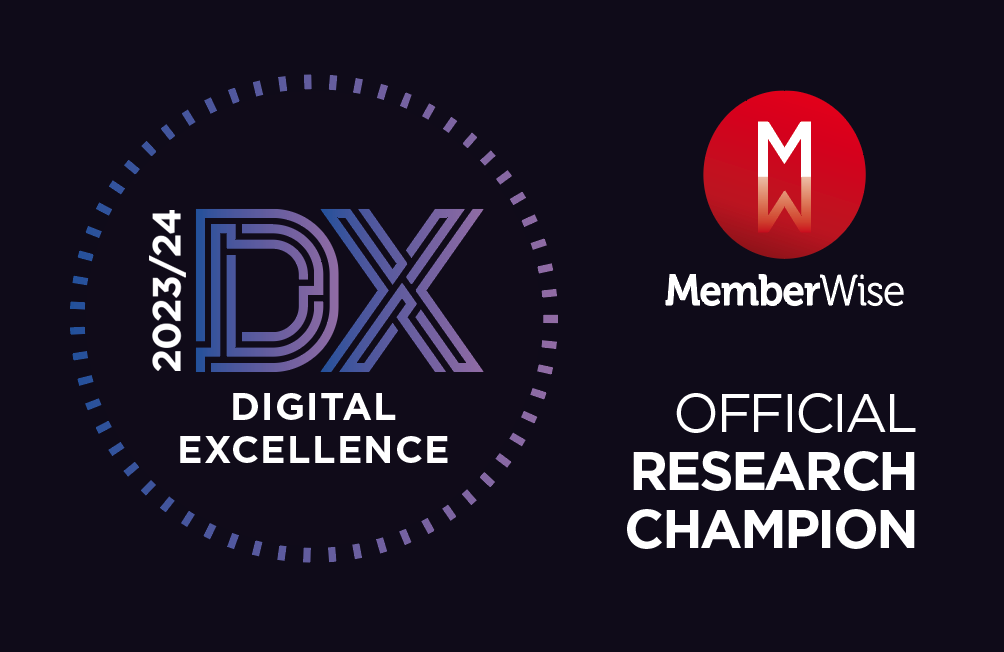Challenge your thinking now, despite the uncertainty
Our whole world was turned upside down by the pandemic but just as it was starting to show signs of recovery, the harrowing images of the war in Ukraine arrived. With the addition of soaring prices, these events have seriously impacted all aspects of life and business.
With such uncertain times leaders may be forgiven for thinking 'we just need to hunker down and get through this'. Trying to plan for the future now is just crazy right, better to ride it out and then think about what comes next.
Check your heading in the storm
The challenge is, your business almost certainly had a strategy and plan for delivering that prior to all this uncertainty. Your daily business operations will embody that, but is that strategy and direction still valid in this new reality?
Just like a ship in a storm which has been buffeted around and lost its bearings, you need to check that your heading is still sound. Perhaps more importantly, you need to validate the port you were headed for, is still where you want to be going.
What should you be doing then? Here are some tips that will help accelerate your recovery.
Ensure your products are still relevant and desirable
Your products and services are your lifeblood and underpin your revenue generation. However, customer needs, purchasing preferences, and priorities have changed, as the world has.
You should revalidate your understanding of your customers needs. Then assess if your products are still meeting them, delivered in the ways which they prefer, and with pricing that is attractive. This may also uncover new opportunities with a currently unmet need, ideal for you to grow your business.
With customers increasingly adopting digital channels during the pandemic, there is an opportunity to transform the way you provide your product or service to them. Potentially making it a better experience for your customers and increasing your productivity in the process.
Build resilience and agility in your operations
Throughout the past few years many businesses have been in survival mode, but now is the time to think about how to rebuild your operations with added resilience and agility.
Re-evaluate what the potential risks are to your business operations. These will have changed significantly since any cursory risk and contingency planning were undertaken in the past. Play out these scenarios with a cross functional group of senior managers, considering what actions you might take in each eventuality. This will develop the confidence to move quickly, should anything happen, and help in preparing contingency plans where appropriate.
Some scenarios may even lead you to consider taking action now. Such as dual sourcing key components, shifting to more local production, or accelerating investment in new technologies. These actions should focus on making your operations more agile and resilient to future shocks.
Also, consider your workforce resilience and the skills staff need to thrive in the modern workplace. This may be targeting skillset gaps identified during the pandemic (e.g. remote facilitation, remote team management, or training on technology tools) or multi-skilling staff in key roles to provide additional agility.
And don't overlook bolstering the personal resilience of your staff. Without them any attempts to build business resilience are futile. One key area is equipping your people with frameworks, language, and the confidence to discuss their mental wellbeing needs. Then ensuring you nurture a culture which is challenging, yet highly supportive, enabling growth and development of your talent.
Reimagine how the organisation works
Those with a more bold appetite may wish to consider how the organisation as a whole operates. Traditionally, many businesses have a command and control structure. This provides leaders with a sense of control, as decisions are escalated up the hierarchy for approval. However, a culture can develop where this becomes a security blanket that staff cling to, absolving themselves of decision making responsibility.
Many workforce impacts can be linked to this approach such as poor morale, stunted personal development and low retention rates. Perhaps more critical in the current environment though is the loss of business agility.
However, brave leadership and culture have the ability to transform organisations. Those that adopt a 'customer centric' approach and empower staff by enshrining 'data driven' decision making in the culture, will reap great rewards. In this model leaders provide clear strategic direction, and empower small autonomous teams to create value, in line with the strategy. This structure enables teams to experiment and learn quickly, uncovering the best ways to meet and exceed the goals leaders set out.
Organisationally this can be a daunting prospect but it can be broken down and delivered iteratively. This allows leaders and staff to build their level of confidence over time. A wise place to start is with your ability to innovate, enabling rapid development and experimentation with new products, new technologies, or new ways of working. Guiding principles can be developed and tested here, allowing for wider organisational adoption going forward.
Digital as a driver of transformation
Digital technology has an ability to enable business transformation and ties together many of the actions discussed.
Whether that be rethinking your products for a digital world, with data used to personalise or enhance the user experience.
Using digital engagement channels to understand customer sentiment and source realtime feedback, shaping the customer journey, and providing more satisfying interactions.
Leveraging data insight and analysis in business operations to better understand stock movement or workflow, driving efficiencies, or providing agility in decision making.
Or maybe, modernising the way teams are formed and work together, from the collaboration technology used in different situations, to the way work is tracked and managed.
The potential is boundless, but you need to assess where the most value can be delivered quickly. Any gains used to fuel your ability to transform further and faster, in an iterative fashion. The resulting digital transformation roadmap can be shared across the business, communicating the depth of vision and aspiration for change.
Let us help you start your transformation journey contact us now.
Share this
You May Also Like
These Related Stories

Why do I need to return to the office?

Spiderling are a MemberWise Digital Excellence Research Champion


No Comments Yet
Let us know what you think